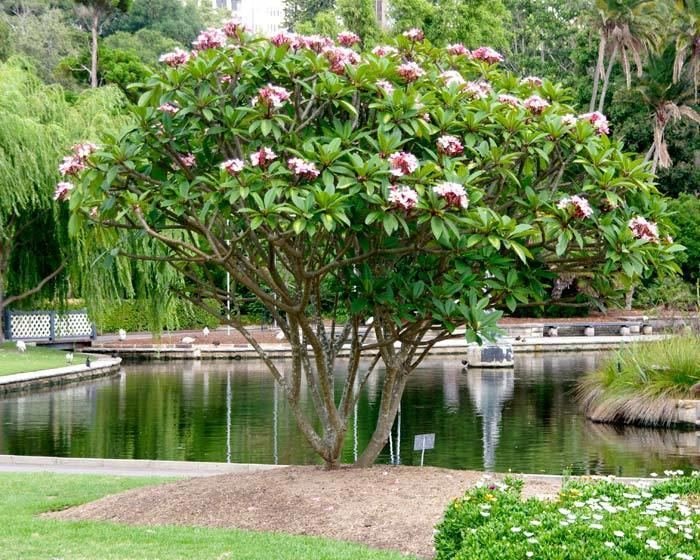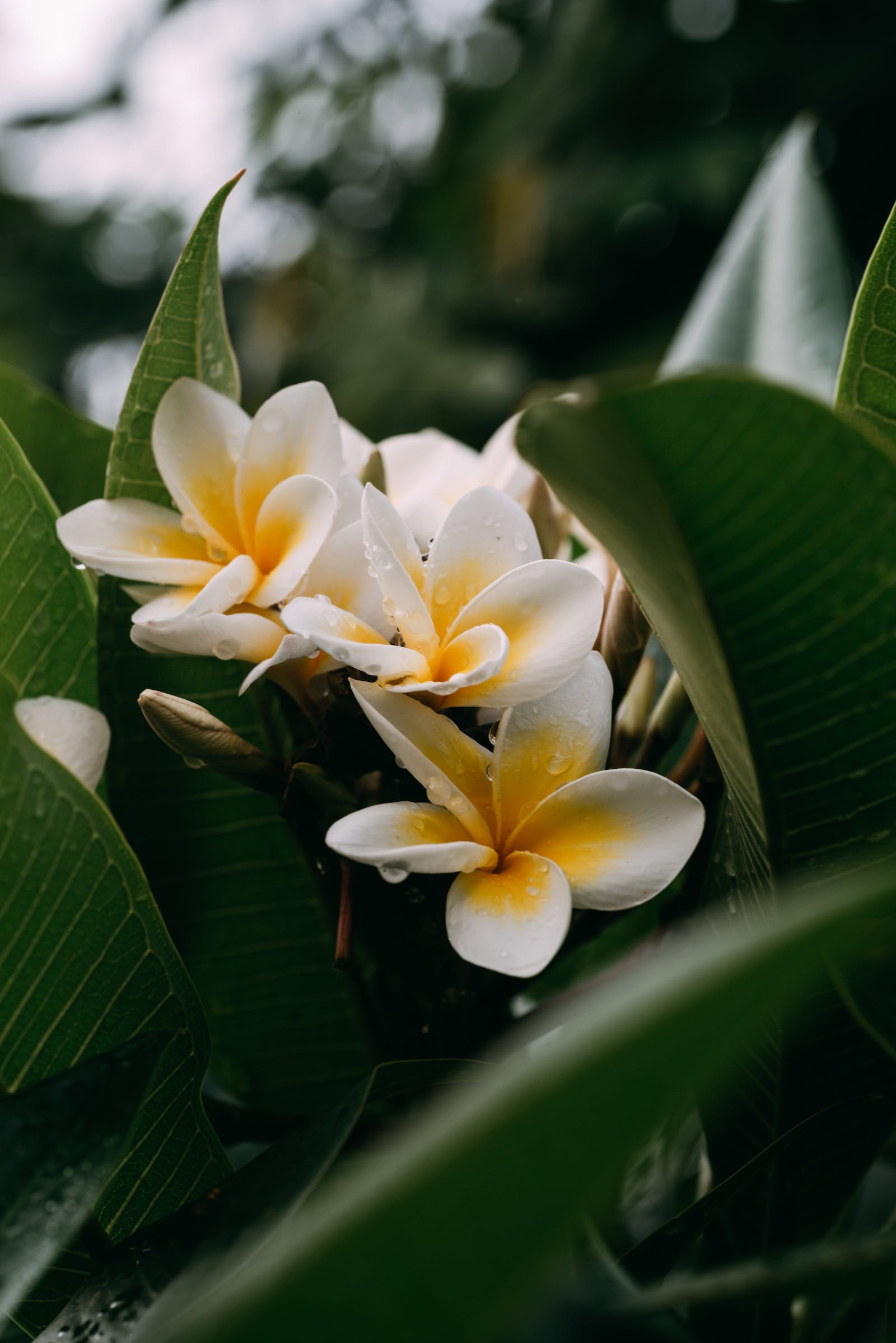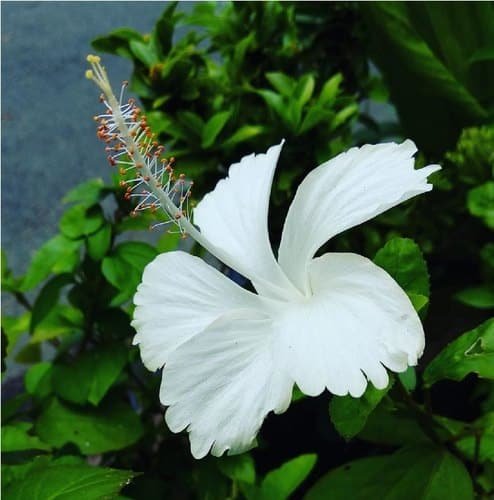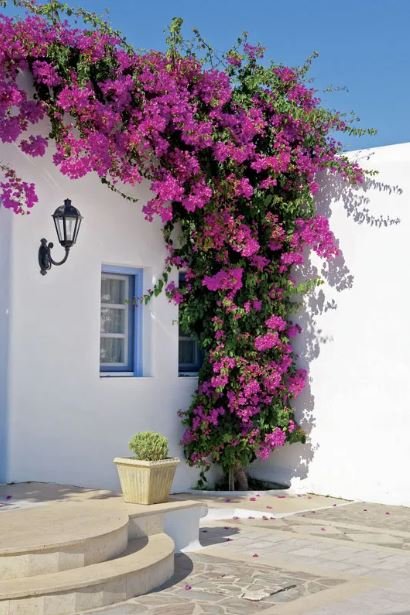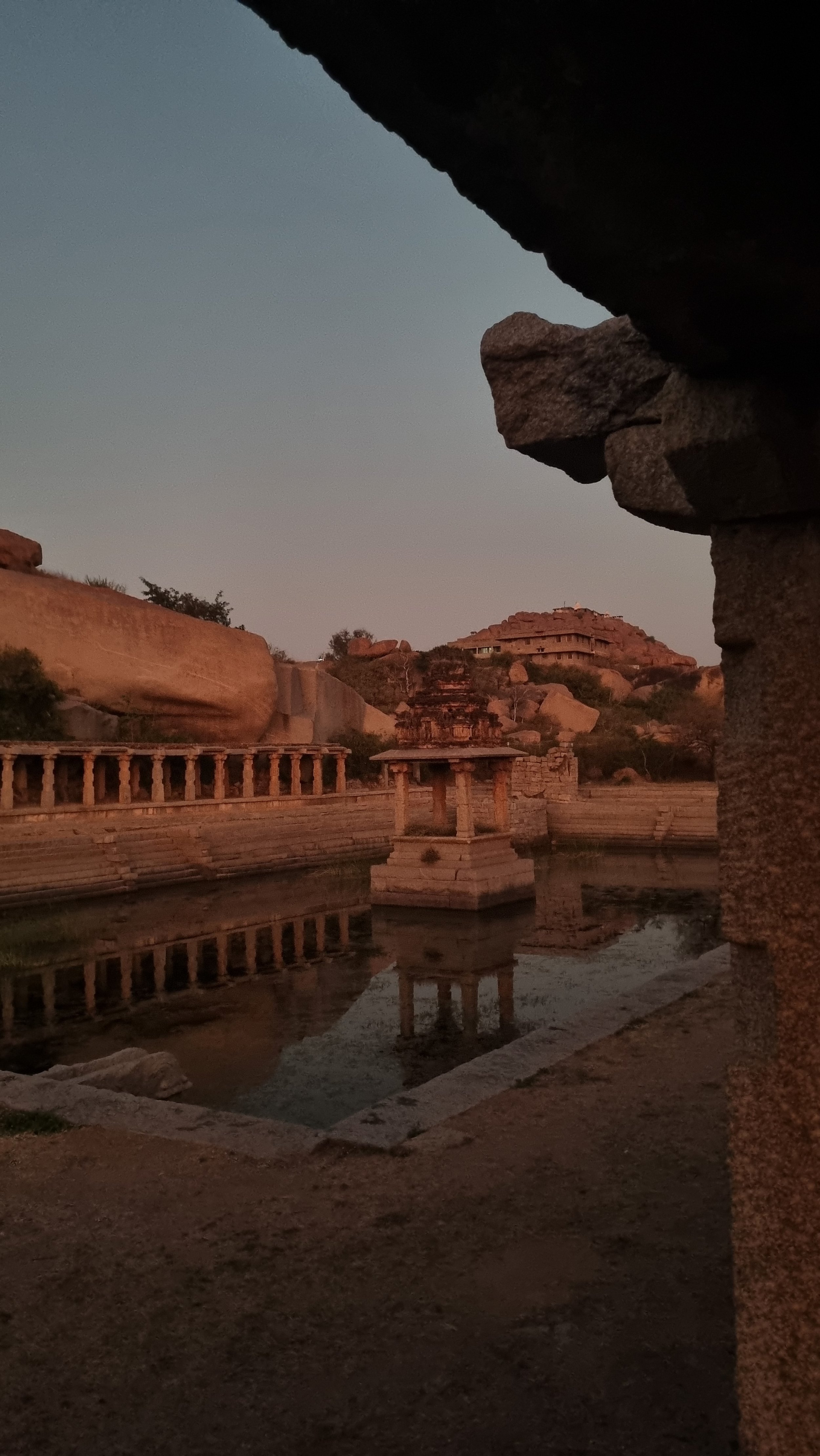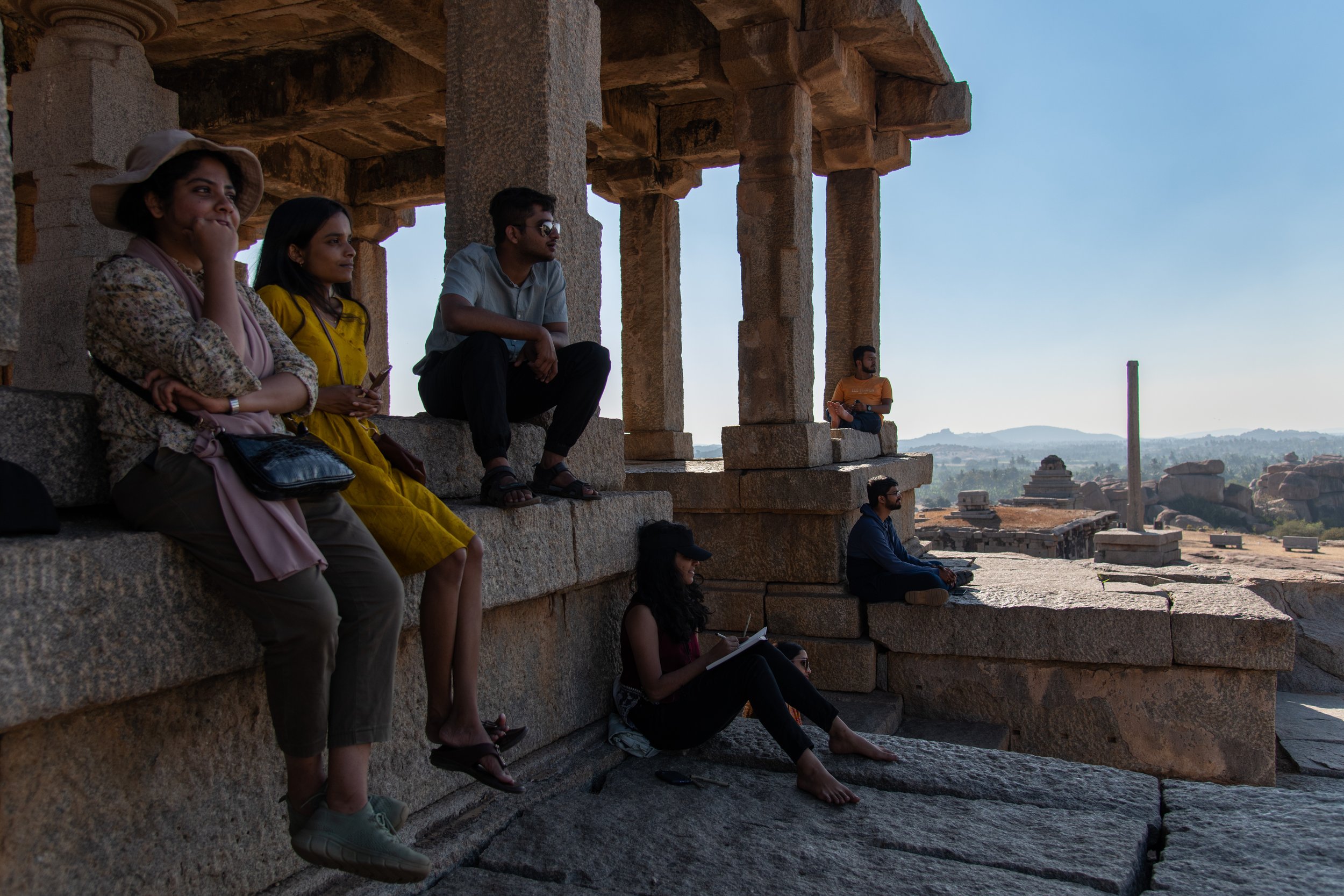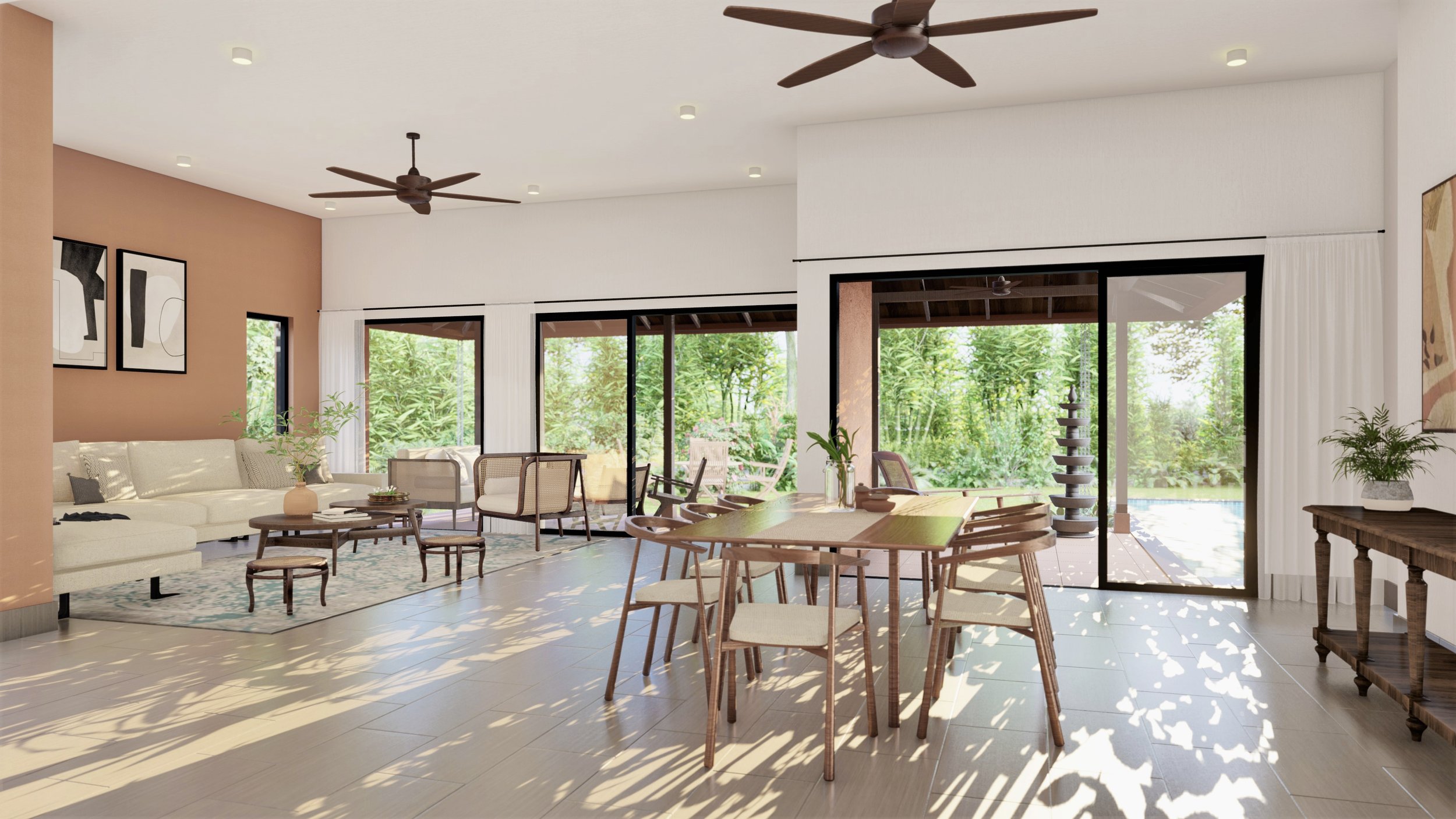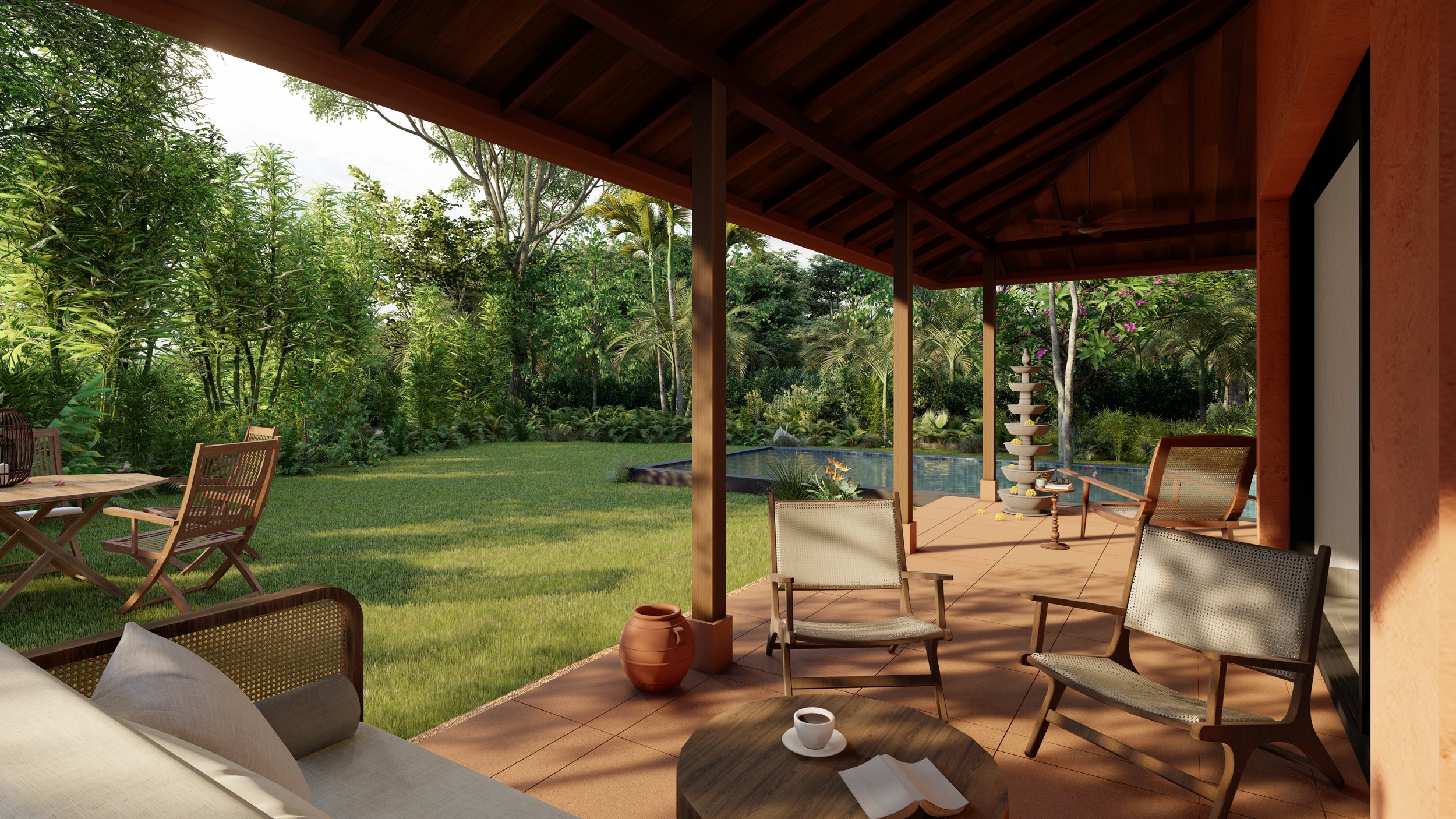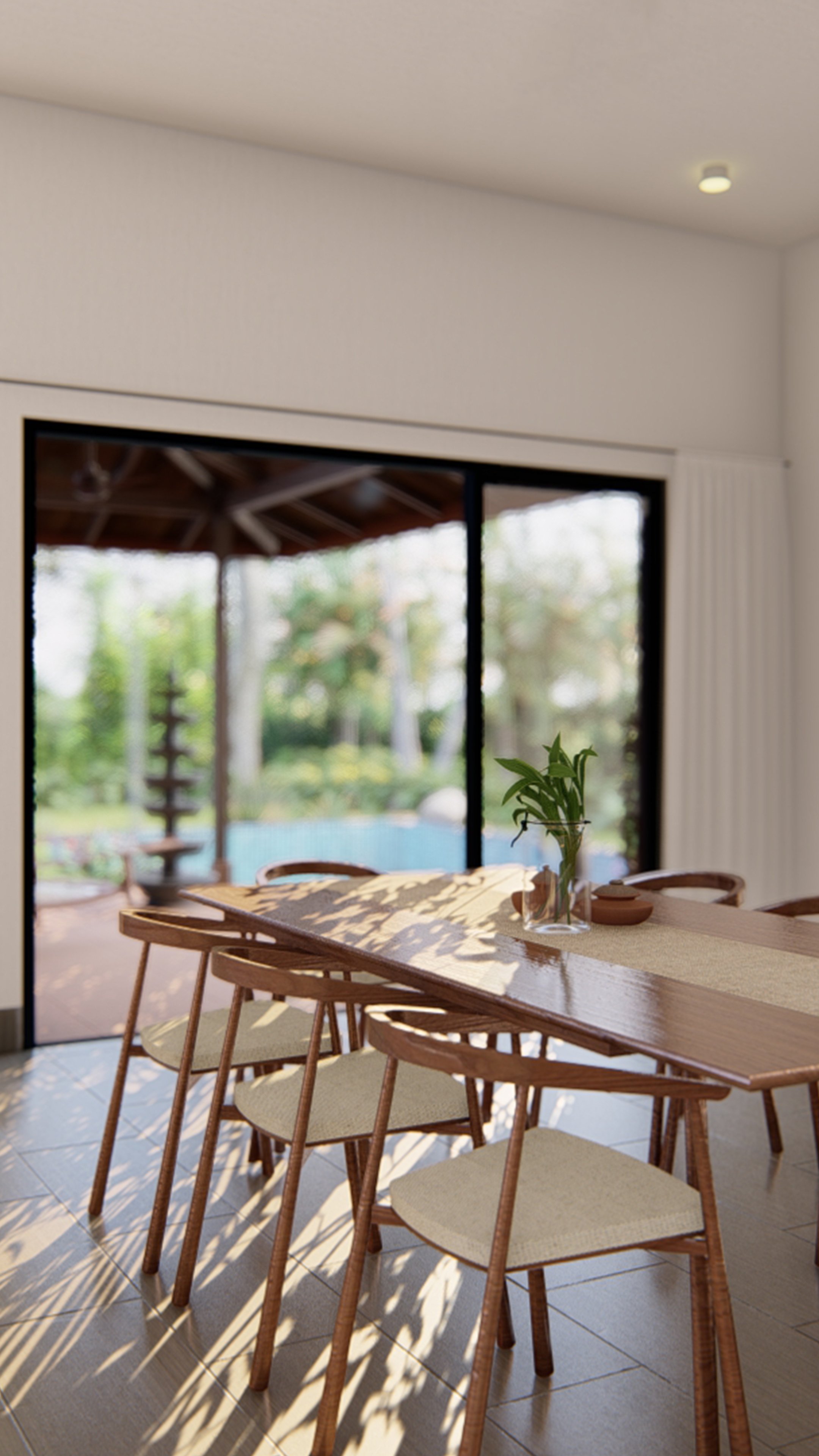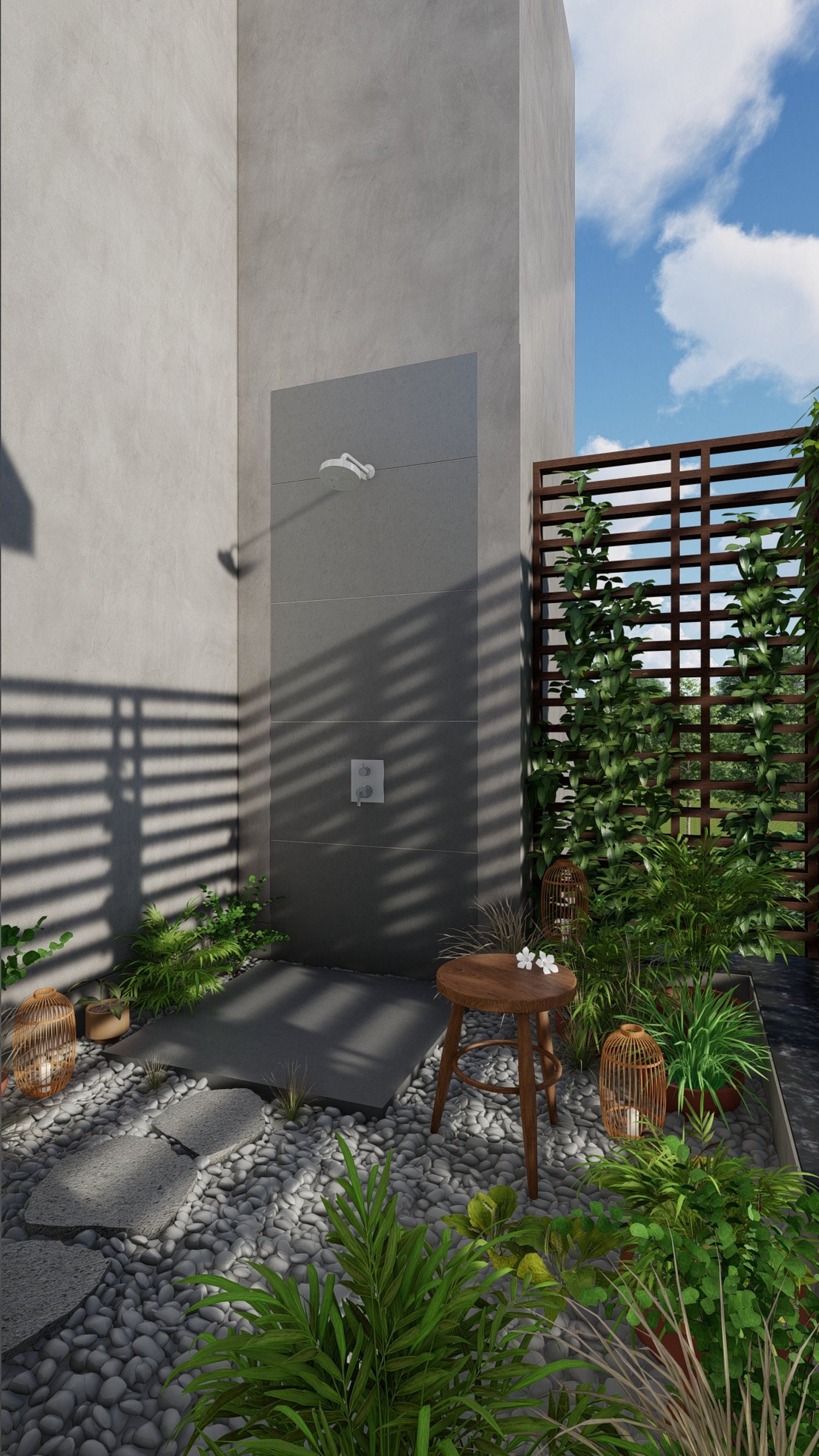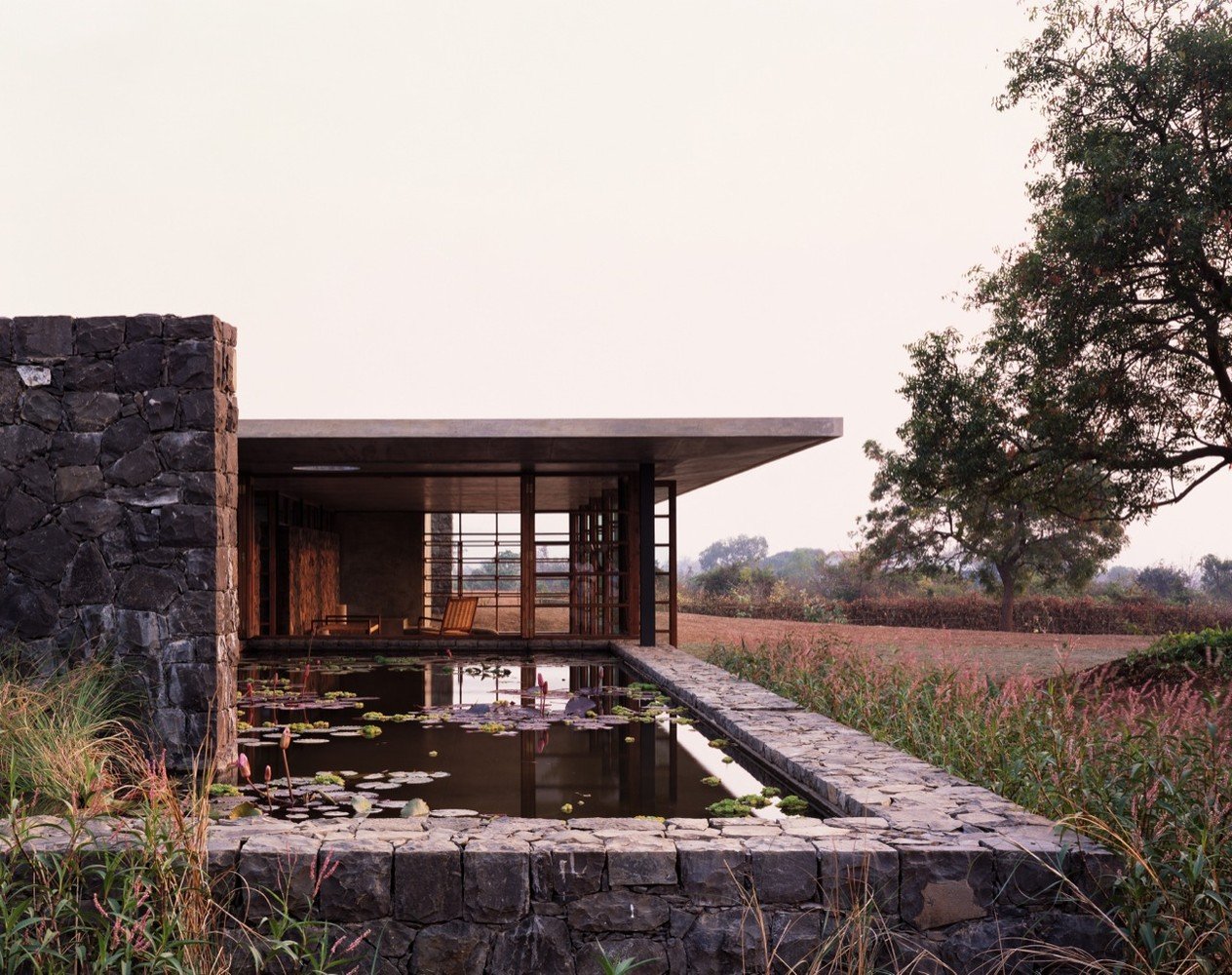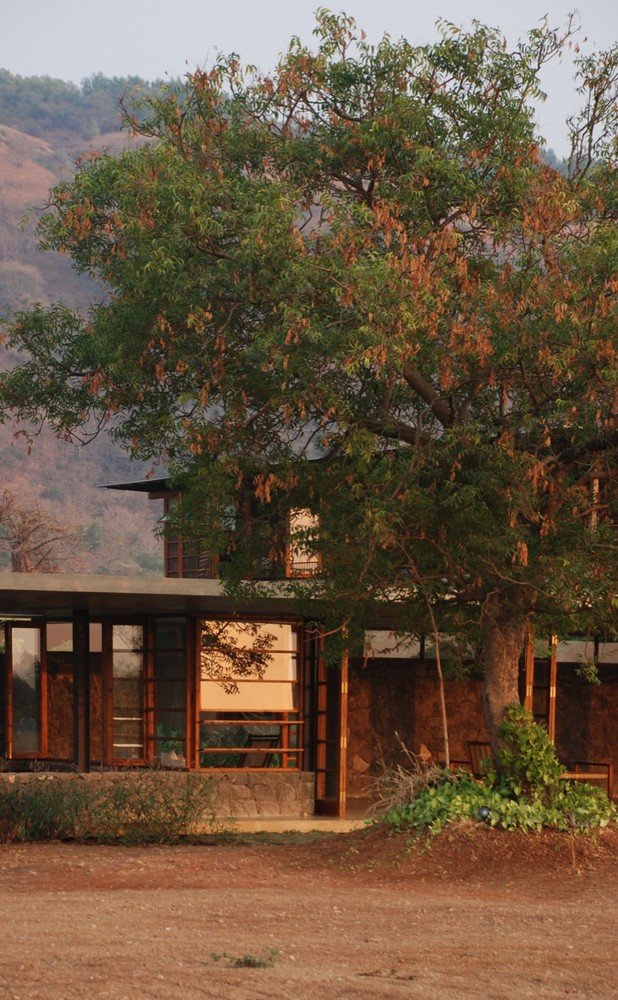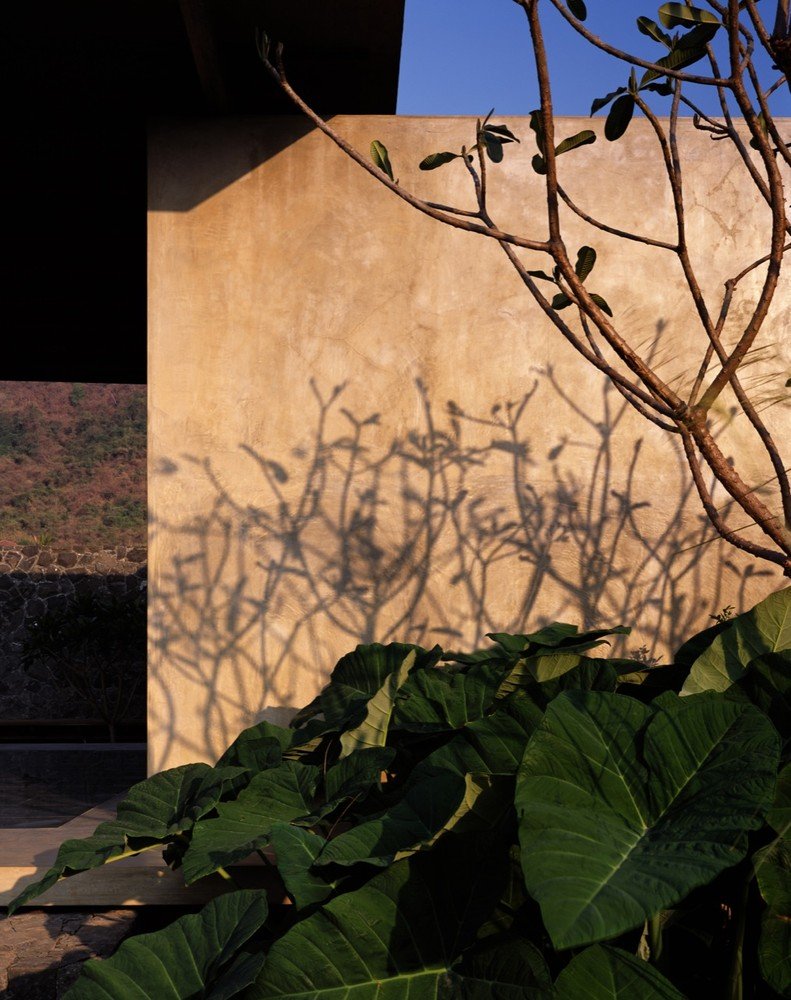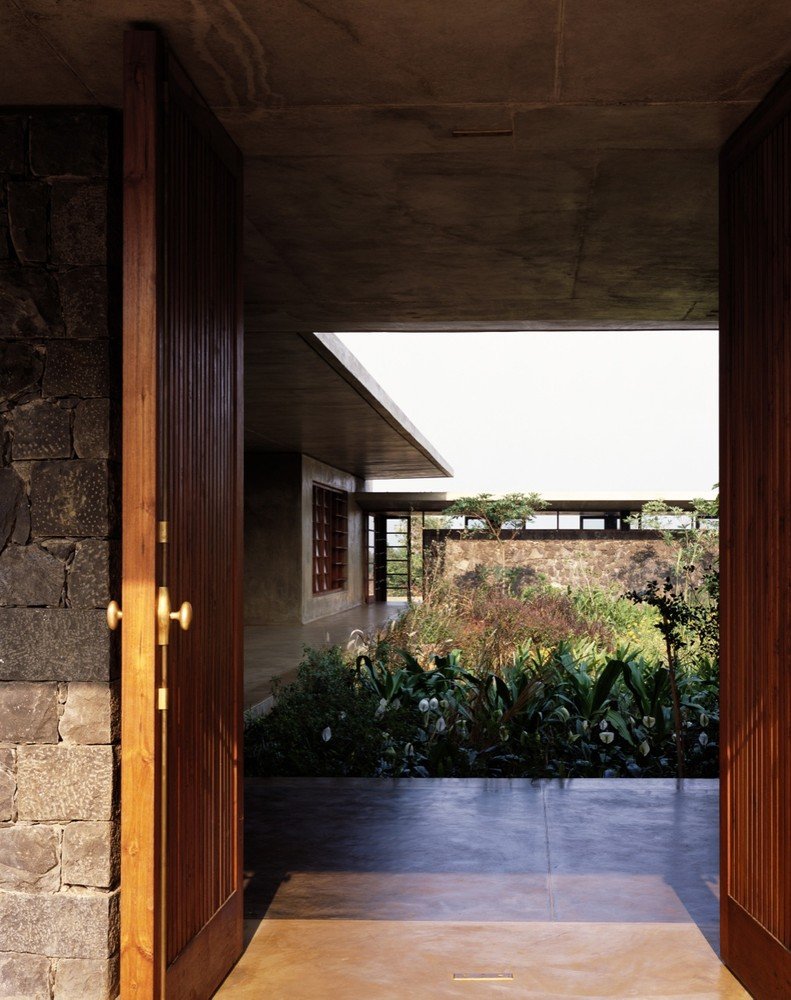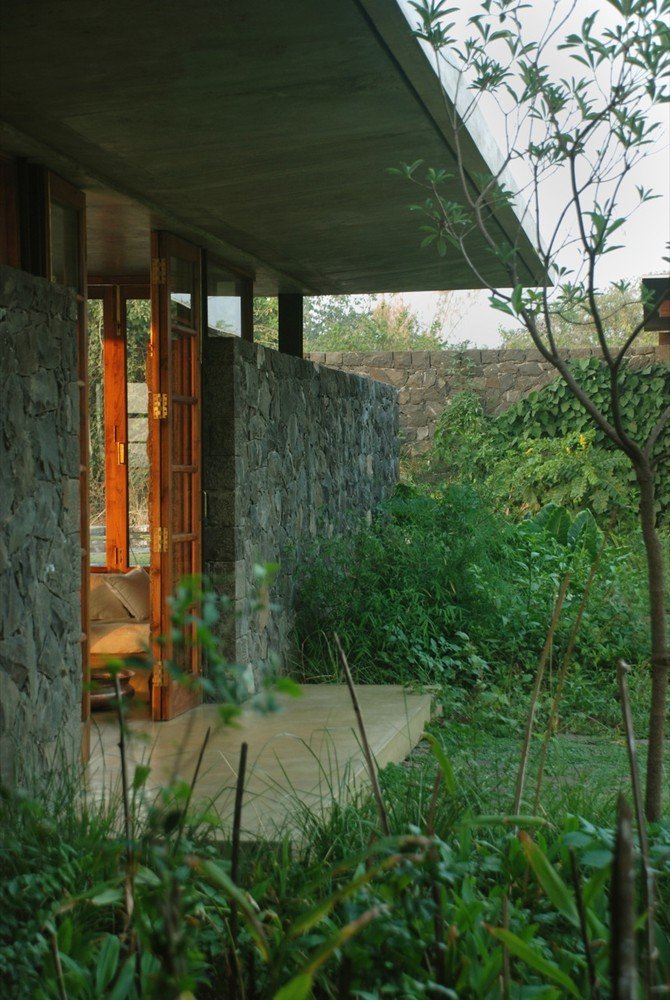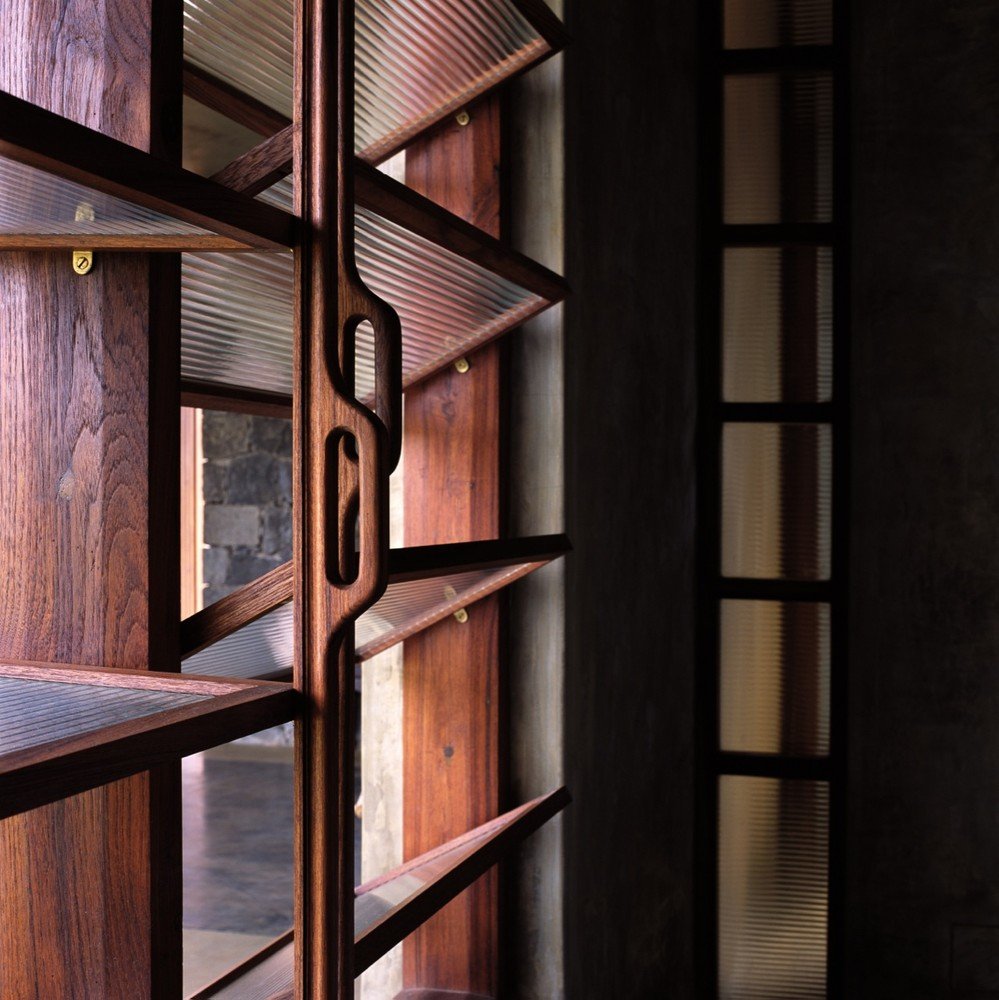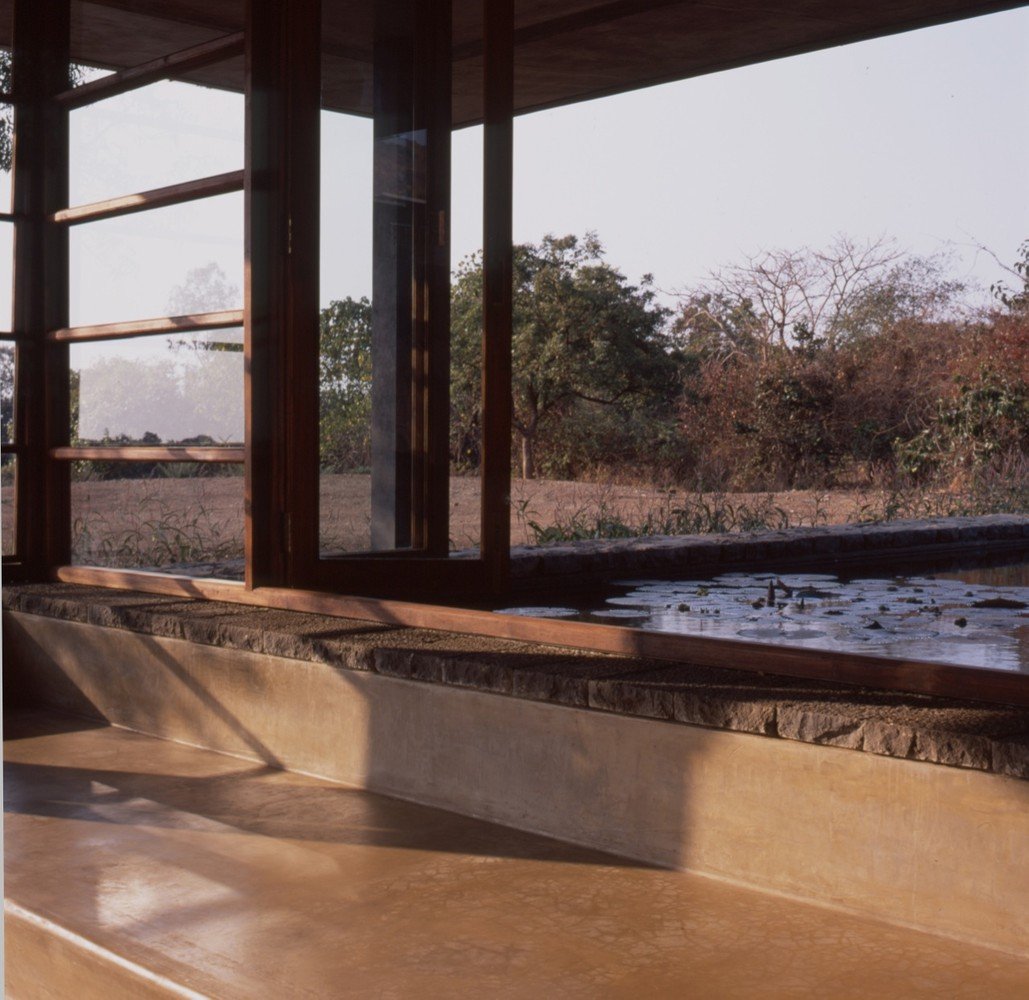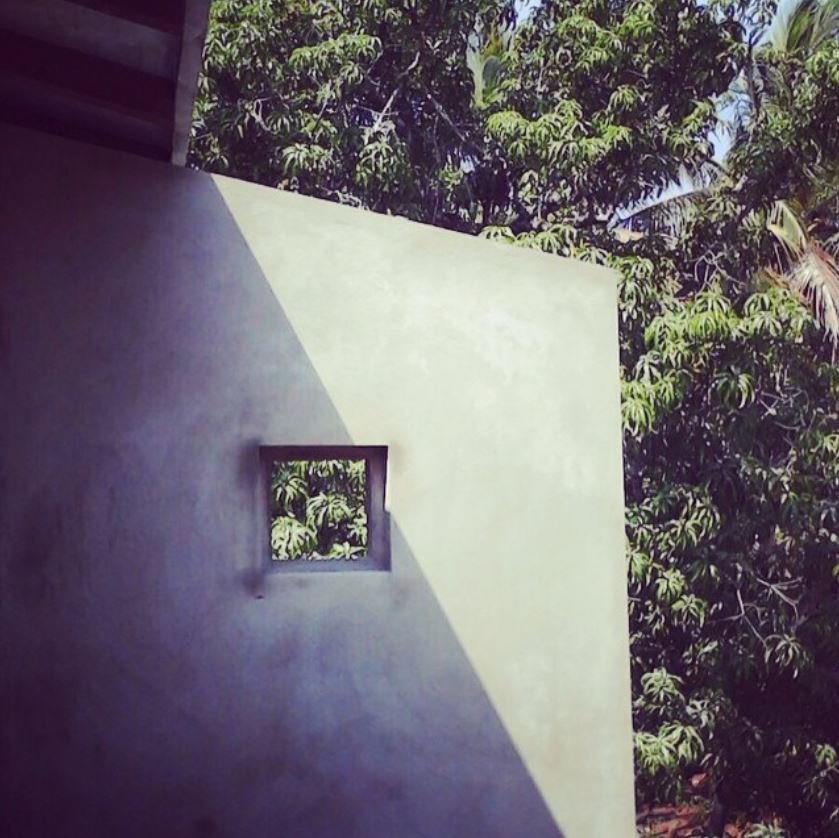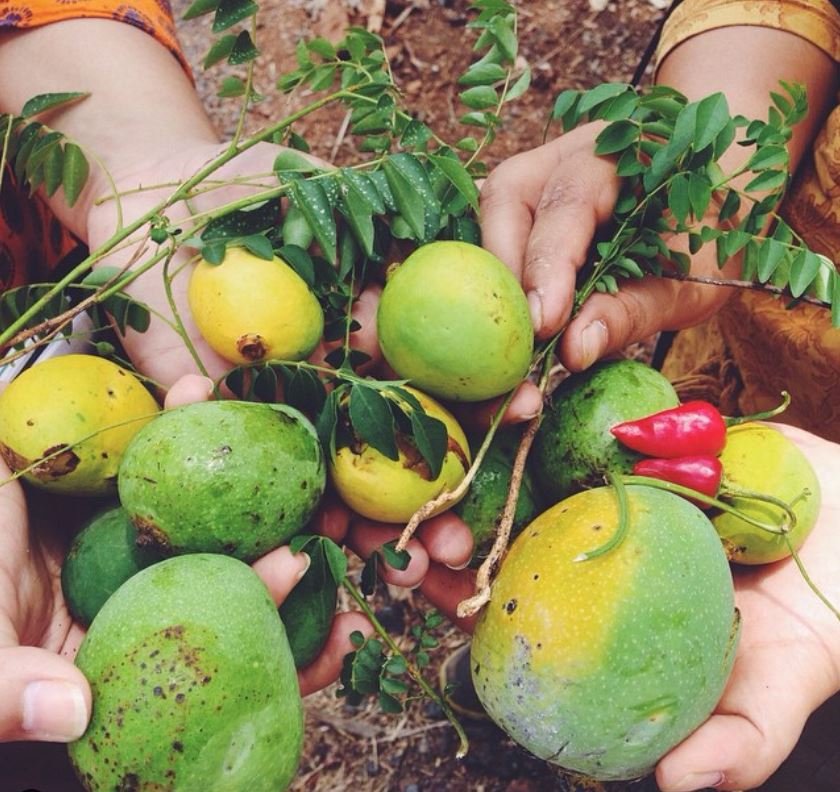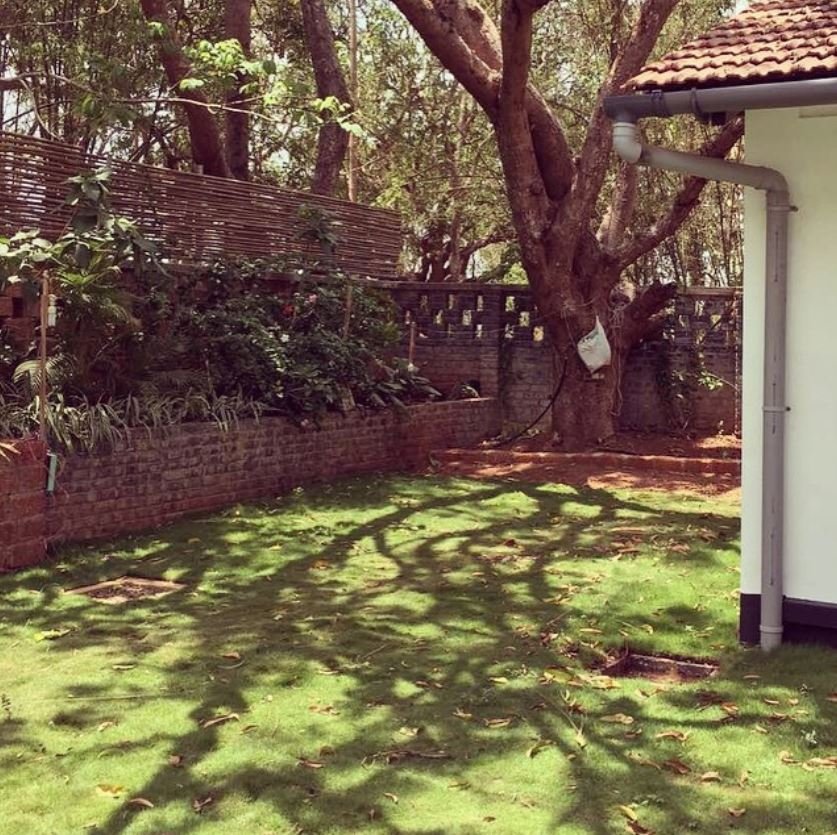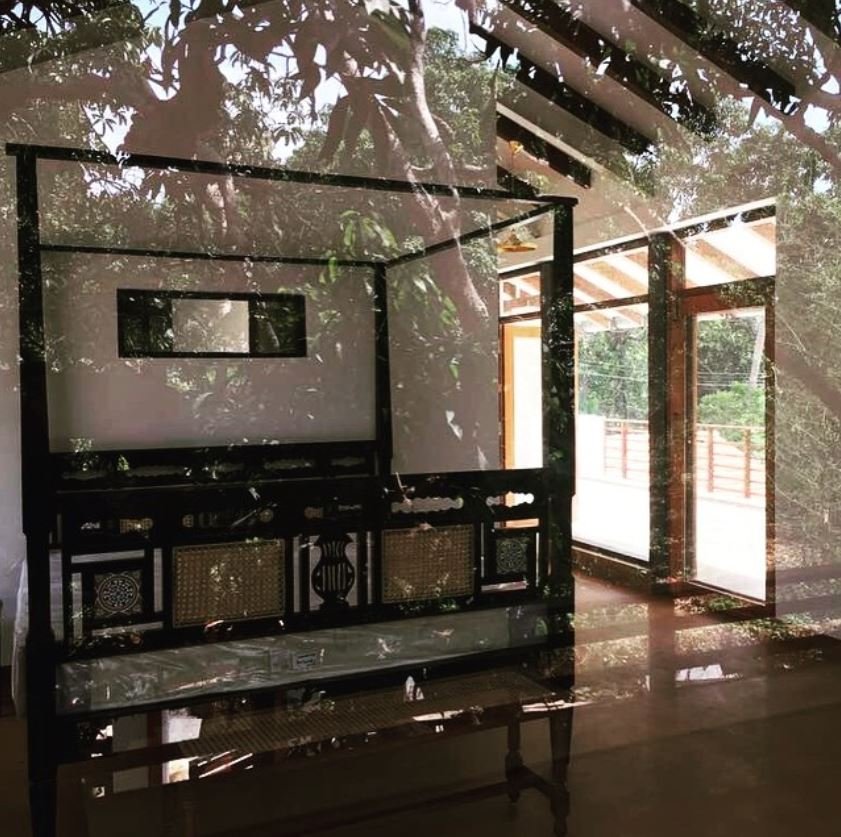Sakshi R Ghodake
Our love for flowers continues and Goa is vested with a bounty of gorgeous bright flowers that bloom profusely throughout the year. Following is a list of a some locally found species that are grow well in Goa.
Cordia Sebestena L. Tree
Cordia Sebestena L.
Common Name: Aloe Wood, Orange Geiger Tree.
Color: Orange.
Fruiting: Blooms throughout the year, particularly in the spring and summer.
Occasionally seen in gardens, can be seen in Kala academy and Garcia da Orta academy.
Cascabela thevetia (L.) Lippold
Common Name: Oleander.
Color: Yellow, pink & white.
Fruiting: Blooms from summer to fall.
Is usually planted as a hedge plant and maintained as a shrub.
Allamanda Cathartica
Allamanda Cathartica
Common Name: Allamanda Golden-Trumpet Golden, Trumpet Vine, Yellow Allamanda.
Color:Yellow, pink & white color.
Fruiting: It blooms from spring to summer.
Plumeria Rubra L. Tree
Plumeria Rubra L.
Common Name: Champa
Color: Yellow, pink & white
Fruiting: Blooms from early summer to fall.
Albizia Julibrissin Rosea
Common Name: Silktree
Color: Pink
Fruiting: Blooms from early summer.
Caesalpinia Pulcherrima
Common Name: Peacock flower
Color: Yellow, orange, red
Fruiting: Blooms from late summer to fall.
Brugmansia plant
Brugmansia
Common Name: Angel’s Trumpet
Color: Yellow, white
Fruiting: Flowers in mid to late spring in warm climates and continue into the fall (autumn), often continuing as late as early winter in warm conditions.
Mussaenda erythrophylla
Common Name: Ashanti blood, red flag bush and tropical dogwood
Color: Pink, white, red
Fruiting: Blooms from March to June.
Hibiscus rosa-sinensis
Common Name: Hibiscus
Color: Pink, white, red, yellow
Fruiting: Blooms throughout the year.
Nyctaginaceae.
Common Name: Bougainvillea
Color: Pink, white, yellow
Fruiting: Blooms from May to December.
Ixora coccinea
Common Name: Scarlet Jungle Flame, Flame of the Woods
Color: Pink, white, yellow, orange, red
Fruiting: Blooms from spring to fall.
FLOWERING CREEPERS
Common Name: trumpet creeper
Color: Yellow, orange, red
Fruiting: Blooms during summer months.
Common Name: Bleeding-heart, Bleeding Heart Vine
Color: White, red
Fruiting: Blooms during summer season.
Common Name: Blue Trumpet Vine, Laurel-Leared Thunbergia, Laurel Clock Vine
Color: Pale blue, purple
Fruiting: Blooms from August to September.
All Photographs are from the internet.








